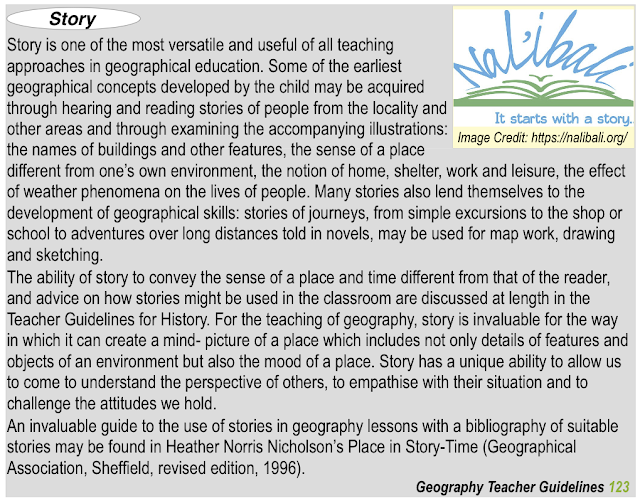What Do We Know About Our Newly-Arrived Neighbours?
In August, 1979, the Irish government agreed to take in over two hundred Vietnamese refugees.
Later refugee populations to arrive in Ireland under an Irish government scheme came from Bosnia, Syria and Afghanistan.
The latest refugees this time to arrive in Ireland are from Ukraine.
Africa in Ireland is making a special exception to look at a country (and a subject) outside the African continent; we are directing attention to Ukraine and its citizens during this terrible period in their country’s history.
Ukraine: the World’s Tragedy
Ukraine’s tragedy is the world’s tragedy; a country which has been home, short-term or long-term, to citizens from many other countries, continues to be attacked and destroyed in a war which no-one knows when it will all be over.
The pain of Ukraine (the land, rivers and all that they hold); the suffering of Ukrainians themselves are shared by the whole world.
We acknowledge the work of Ukraine’s immediate neighbouring countries to the west and south-west: Poland, Slovakia, Hungary, Romania and Moldova, who are at the forefront (and frontline) of international assistance.
School-going Age Arrivals
In all cases, arriving refugees have also always included those of school-going age, who will be continuing their learning alongside Irish children.
So, what do their newly-encountered Irish classmates know about them and their country of origin?
Thanks to the NCCA, we have the answers: in the SESE Geography primary curriculum, the relevant strand unit is People and Other Lands.
One can never go wrong with a good story, and that’s why this is a good starting point; myths and stories from the place under discussion are also included in the People and Other Lands strand unit.
The Myths and Legends strand unit also offers integration links as illustrated below:
People and Other Lands: the strand unit areas
In a peaceful Ukraine which we are all praying for, what will your hosts feed you?
 |
| Paska (Easter Bread) Photo Credit: Korena Vezerian |
In a peaceful Ukraine without foreign occupation:
What are their myths and stories? Art and Culture?
What are the similarities and differences between Ukraine and Ireland?
All these and many other questions have been posed and are expected to be answered in the People and Other Lands strand unit, where a helpful exemplar has also been included (please, see below):










No comments:
Post a Comment